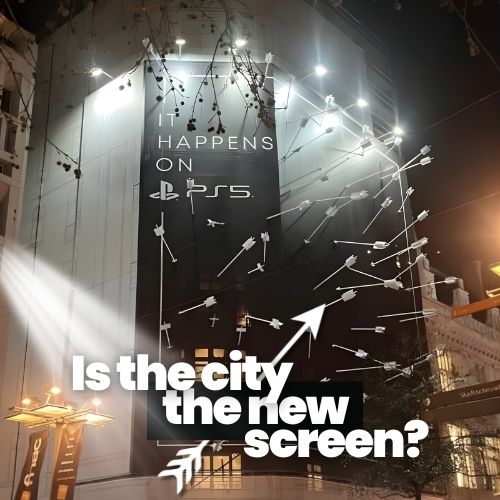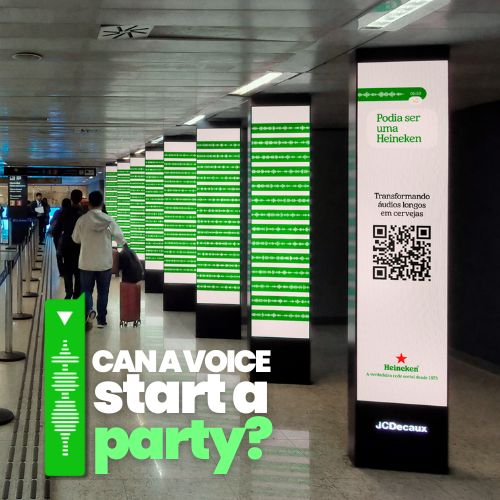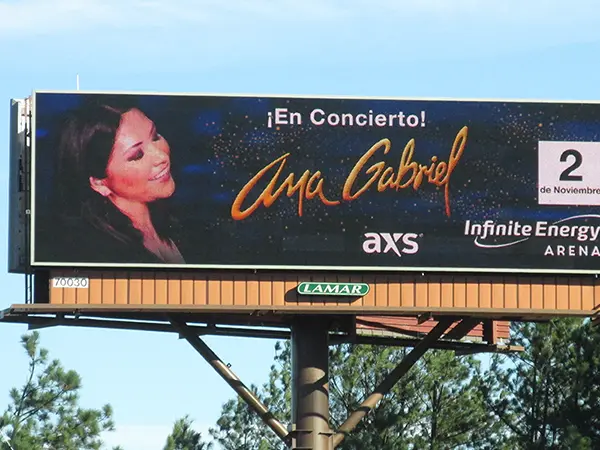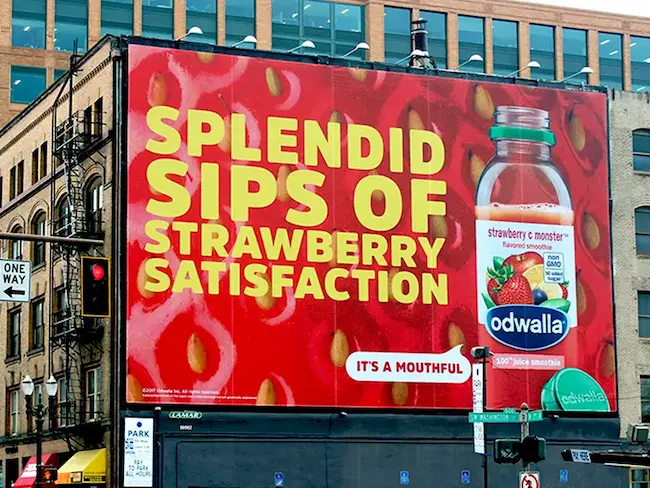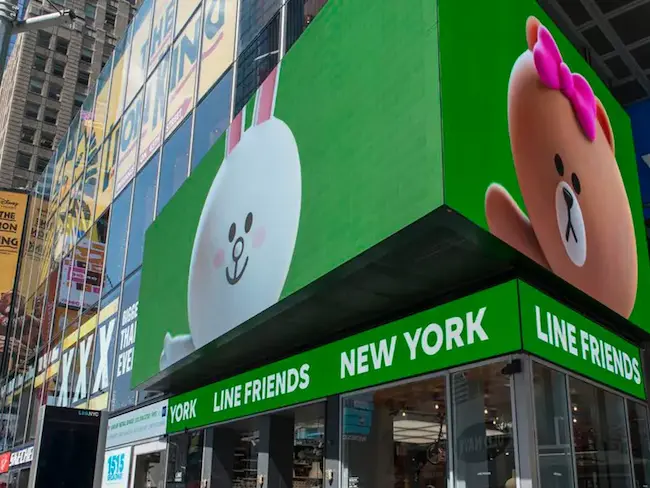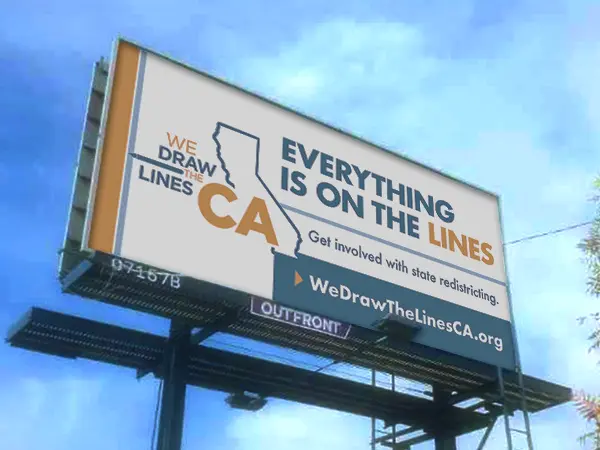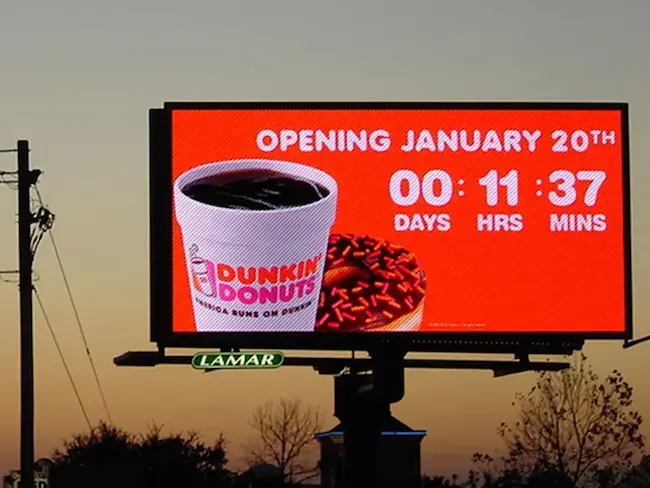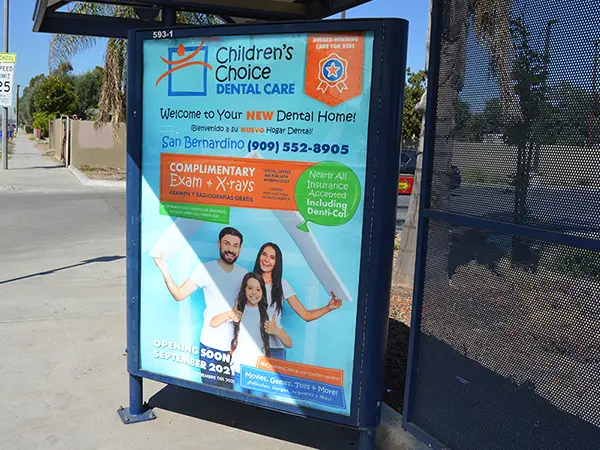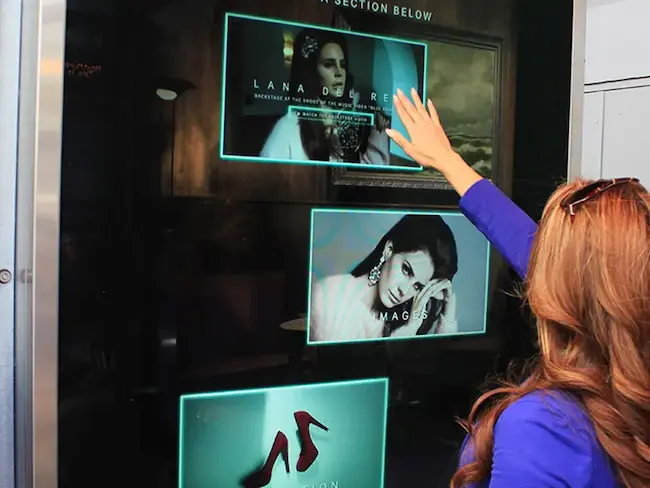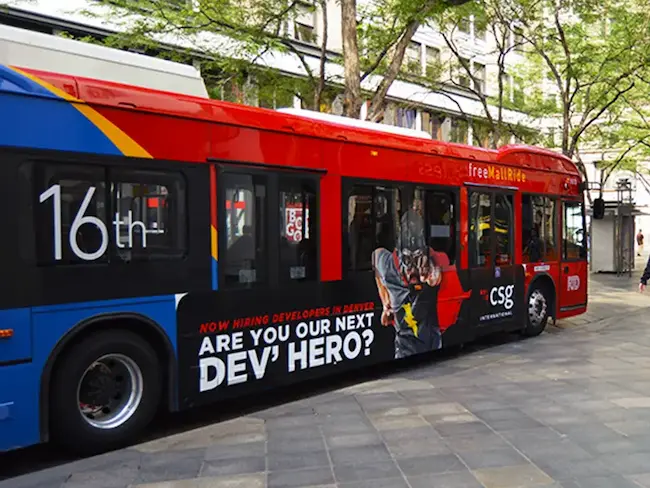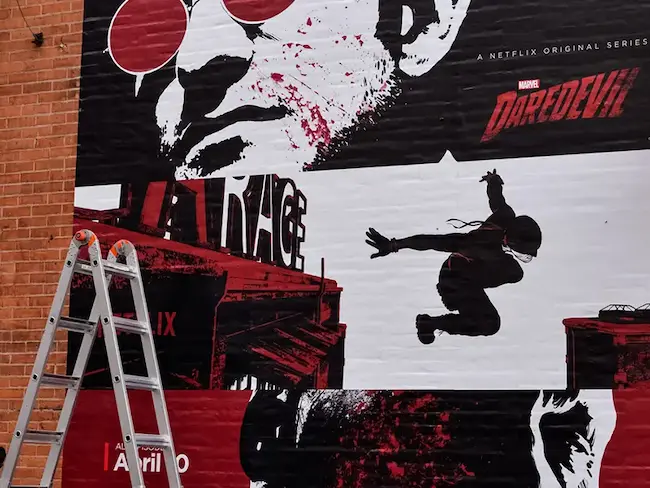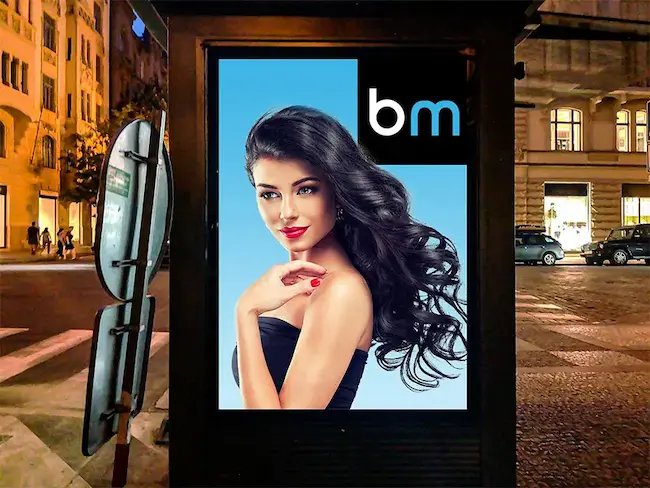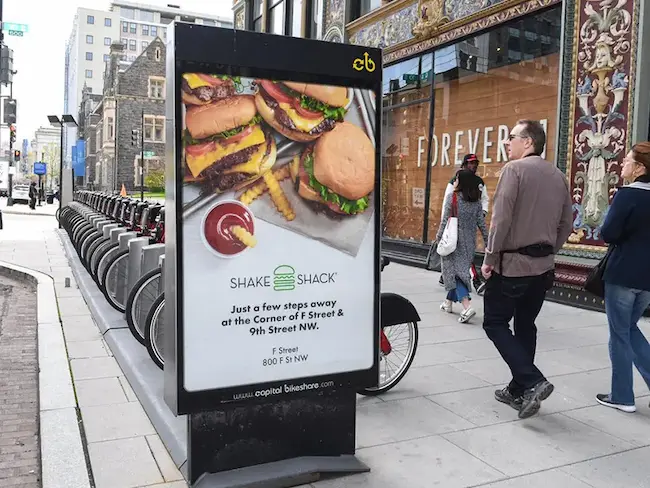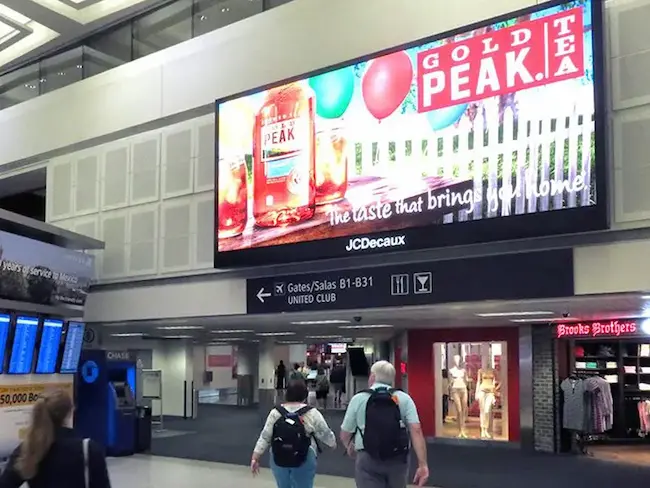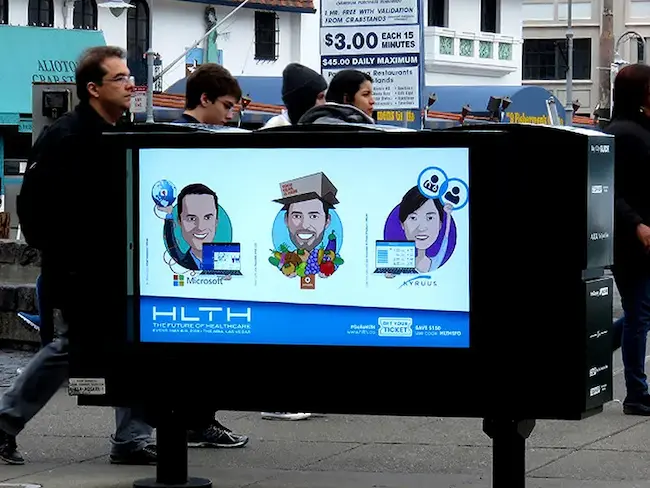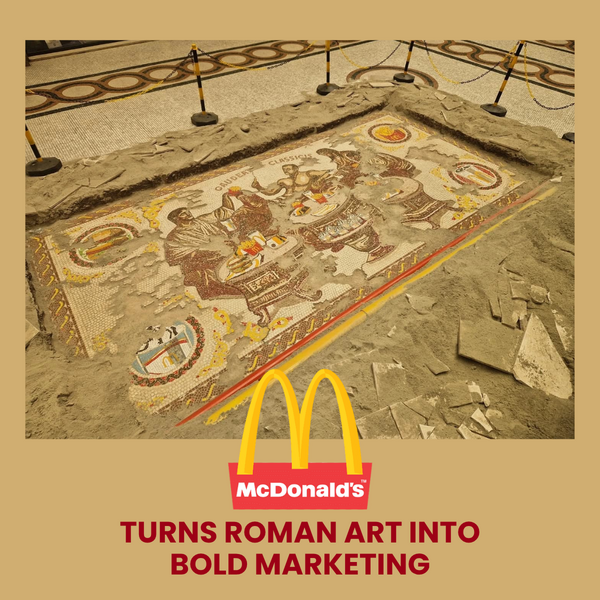 McDonald’s stirs debate in Rome with a fake mosaic showing togas, fries, and Big Macs in a bold clash of culture and fast food.
McDonald’s stirs debate in Rome with a fake mosaic showing togas, fries, and Big Macs in a bold clash of culture and fast food.
When Fast Food Meets Ancient Art: McDonald’s Roman Mosaic
McDonald’s made headlines in Italy by unveiling a faux Roman mosaic in the heart of Rome’s Galleria Alberto Sordi. The artwork depicts toga-wearing figures enjoying Big Macs and fries, cleverly blending ancient iconography with modern indulgence.
As part of the campaign “Enjoy the Classics”, McDonald’s invested in authenticity, employing 10 mosaic artists to craft the piece with over 18,000 individual tiles. The result is an attention-grabbing installation that brings together heritage and hamburgers — with a wink.
Art or Ad? A Cultural Debate Ignites
The campaign immediately sparked mixed reactions online. Supporters applauded the brand’s humorous twist on Roman tradition, while critics accused McDonald’s of trivializing cultural heritage. The debate quickly spread across platforms like Twitter and Instagram, highlighting the fine line between clever advertising and cultural insensitivity.
It's a familiar narrative — back in 1986, the opening of Rome’s first McDonald’s was met with fierce protests, with locals fearing the erosion of Italy’s culinary identity. Fast-forward to today, and the fast-food giant has over 50 branches in Rome, showing how consumer habits and perceptions evolve.
Public Space as a Canvas for Campaigns
This activation is a clear example of how OOH (Out-of-Home) marketing can be more than just visibility — it can be experiential. By transforming a high-traffic shopping gallery into an artistic space, McDonald’s ensured not just foot traffic, but also media buzz and viral reach.
The choice of location was no coincidence. The Galleria Alberto Sordi is both a cultural and commercial hub, making it the perfect backdrop for a message that balances past and present.
From Global Giant to Local Storyteller
This campaign proves that even global brands like McDonald’s Italia can engage in storytelling that feels local. By tapping into Roman culture — even with a tongue-in-cheek twist — the brand positions itself not just as a fast-food option, but as part of the city’s evolving narrative.
Whether embraced as clever or criticized as controversial, the mosaic has done its job: it got people talking. And in the world of modern advertising, sparking conversation is often the ultimate goal.
Looking Ahead: Cultural Marketing in Urban Landscapes
As brands compete for attention in saturated markets, the key lies in emotional and contextual relevance. McDonald’s has shown that blending art, history, and humor in public spaces can lead to viral success — even if it ruffles a few feathers.


